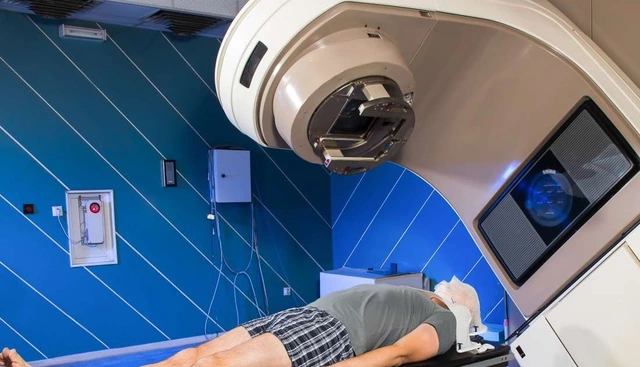Celebrex (celecoxib): what it does and when people use it
Celebrex is the brand name for celecoxib, a COX-2 selective nonsteroidal anti-inflammatory drug (NSAID). People take it to ease pain and lower inflammation from osteoarthritis, rheumatoid arthritis, ankylosing spondylitis, short-term acute pain, and menstrual cramps. It works faster than many non-drug approaches and often lasts through the day.
How Celebrex is used and common doses
Typical dosing depends on the problem. For osteoarthritis, many adults use 100 mg twice daily or 200 mg once daily. For rheumatoid arthritis, doses are commonly 100–200 mg twice daily. For short-term acute pain or menstrual cramps, a typical plan is 400 mg as a first dose followed by 200 mg if needed on the first day, then 200 mg twice daily as required. Doctors try to use the lowest effective dose for the shortest time that controls symptoms.
Safety, interactions, and practical tips
Celebrex has some advantages: it tends to cause fewer stomach ulcers and bleeding than older nonselective NSAIDs for many people. Still, it’s not risk-free. Long-term or high-dose use raises the risk of heart attack and stroke, especially if you already have heart disease or high blood pressure. It can also affect the kidneys and cause fluid retention.
Important interactions to mention: avoid mixing Celebrex with other NSAIDs (ibuprofen, naproxen) because the bleeding and kidney risks add up. It can increase bleeding risk with blood thinners like warfarin. Celebrex may reduce how well some blood pressure drugs work (ACE inhibitors, ARBs, diuretics). It can raise lithium or methotrexate levels—so your doctor may need to check blood tests if you take those.
Don’t use Celebrex if you’ve had a serious allergic reaction to sulfonamide drugs. Also avoid it in the third trimester of pregnancy. If you have active stomach ulcers, bleeding, uncontrolled high blood pressure, or recent heart disease, talk to your doctor before taking it.
Practical tips: take the smallest dose that helps, and for the shortest time possible. Taking it with food can reduce stomach upset. Keep an eye on blood pressure and kidney function if you use it regularly—your doctor may order blood tests. Skip alcohol while taking it if you have a sensitive stomach. If pain isn’t controlled or side effects appear (chest pain, shortness of breath, sudden weakness, dark stools), stop the medicine and get medical help.
If you want options, ask about alternatives: acetaminophen for mild pain, topical NSAID gels for joint pain, ibuprofen or naproxen for short-term use, or non-drug options like physical therapy. Your doctor can help weigh pain control against possible risks and guide a safe plan.
If you have questions about dosing, interactions, or whether Celebrex fits your health profile, talk with your doctor or pharmacist. A quick chat can prevent problems and help you manage pain more safely.




